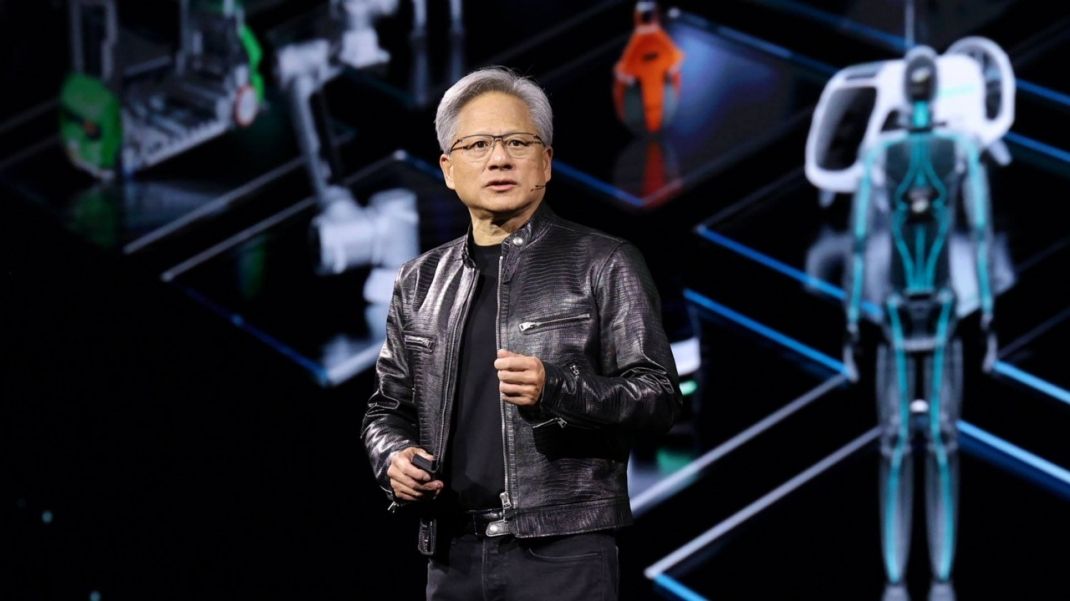Time: 2024-06-25
Nvidia's CEO, Jensen Huang, recently shared insights on the future of gaming with artificial intelligence (AI) technology. The company is focused on enhancing gaming performance through its Deep Learning Super Sampling (DLSS) technology, which leverages AI to generate textures and objects in real time. This innovation aims to revolutionize the way games are created and played, promising smoother gameplay, higher frame rates, and improved visual quality without compromising performance.
In a recent interview, Huang highlighted the potential of AI-generated non-playing characters (NPCs) in games, where AI will play a significant role in creating immersive gaming experiences. Nvidia's DLSS technology is constantly evolving, with plans to introduce new iterations that will further enhance in-game graphics and asset generation through AI.

One of the key advancements in Nvidia's upcoming DLSS technology is a new texture compression technology that utilizes AI neural networks to significantly improve texture quality while maintaining low video memory (VRAM) usage. This breakthrough will allow for double the texture detail without doubling the VRAM demand, resulting in better visuals and smoother gameplay even on systems with limited resources.
Moreover, Nvidia's vision for the future of gaming involves AI-generated assets and NPCs, with DLSS playing a crucial role in creating lifelike characters and environments. This aligns with the company's long-term goal of transitioning towards AI-driven 3D graphics rendering, paving the way for more immersive and engaging gaming experiences powered by artificial intelligence.
Overall, Nvidia's commitment to advancing AI technology in gaming underscores its dedication to pushing the boundaries of what is possible in the gaming industry. With DLSS at the forefront of these innovations, gamers can look forward to a future where AI plays a central role in shaping the games they love to play.